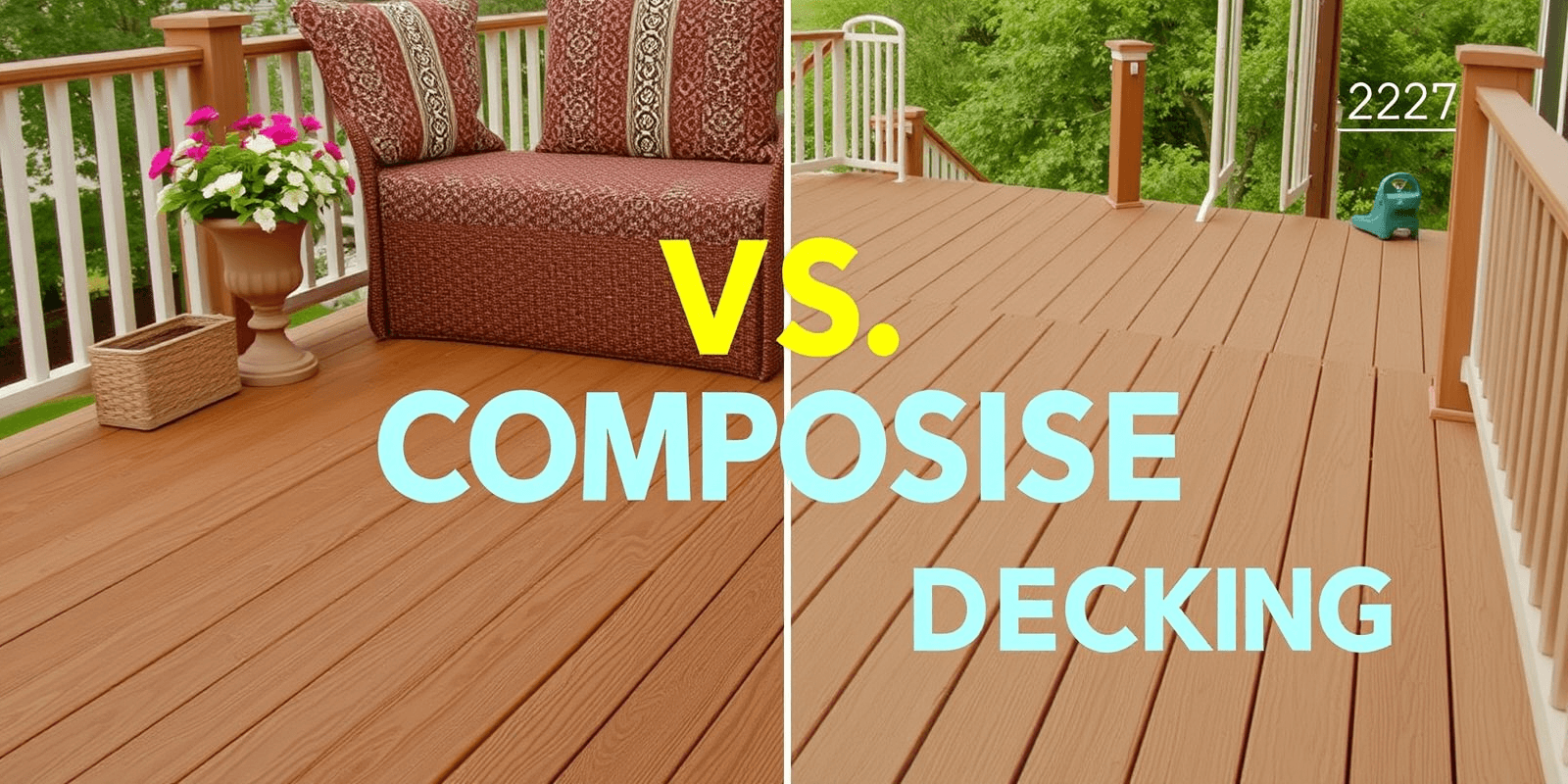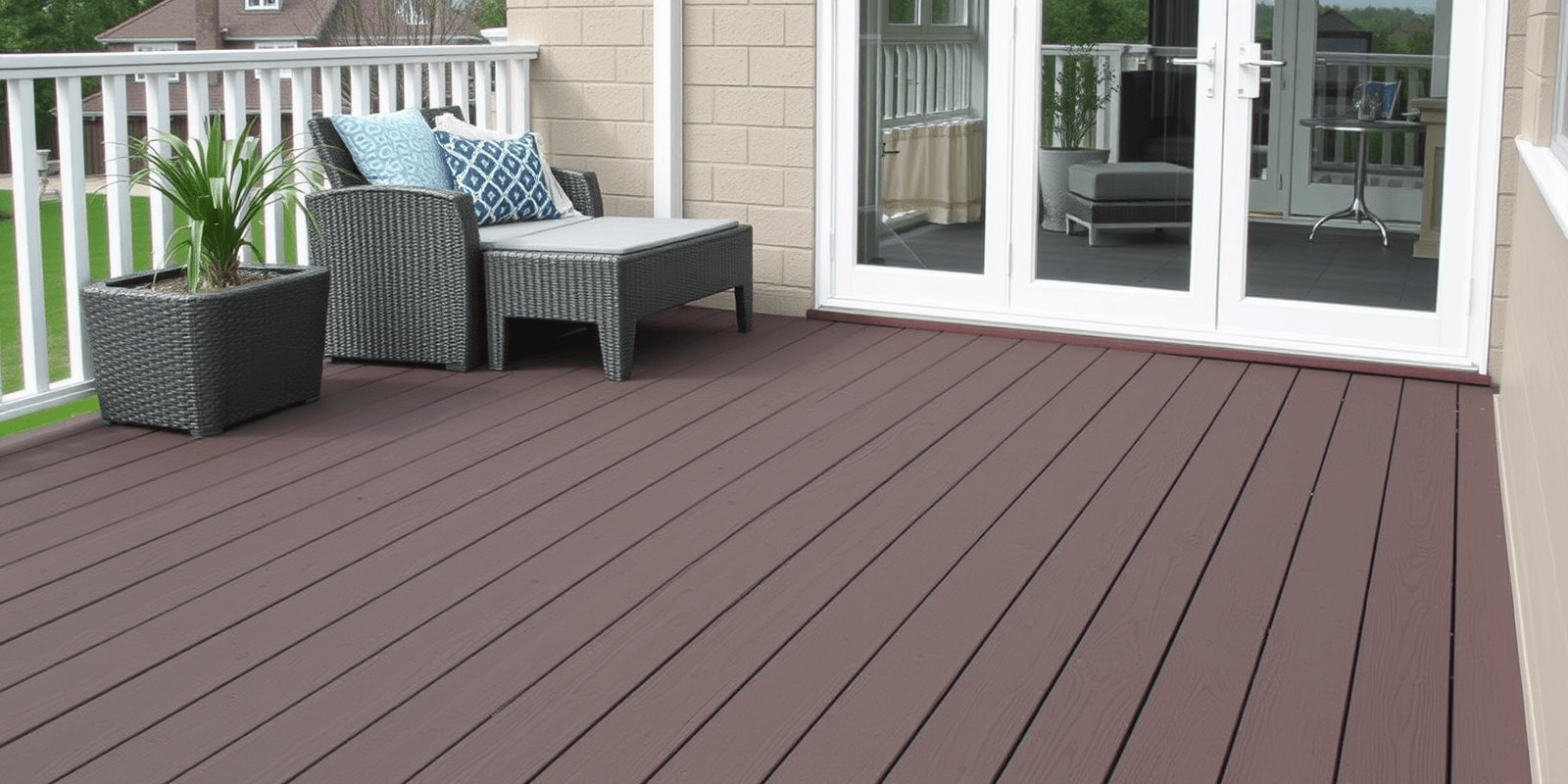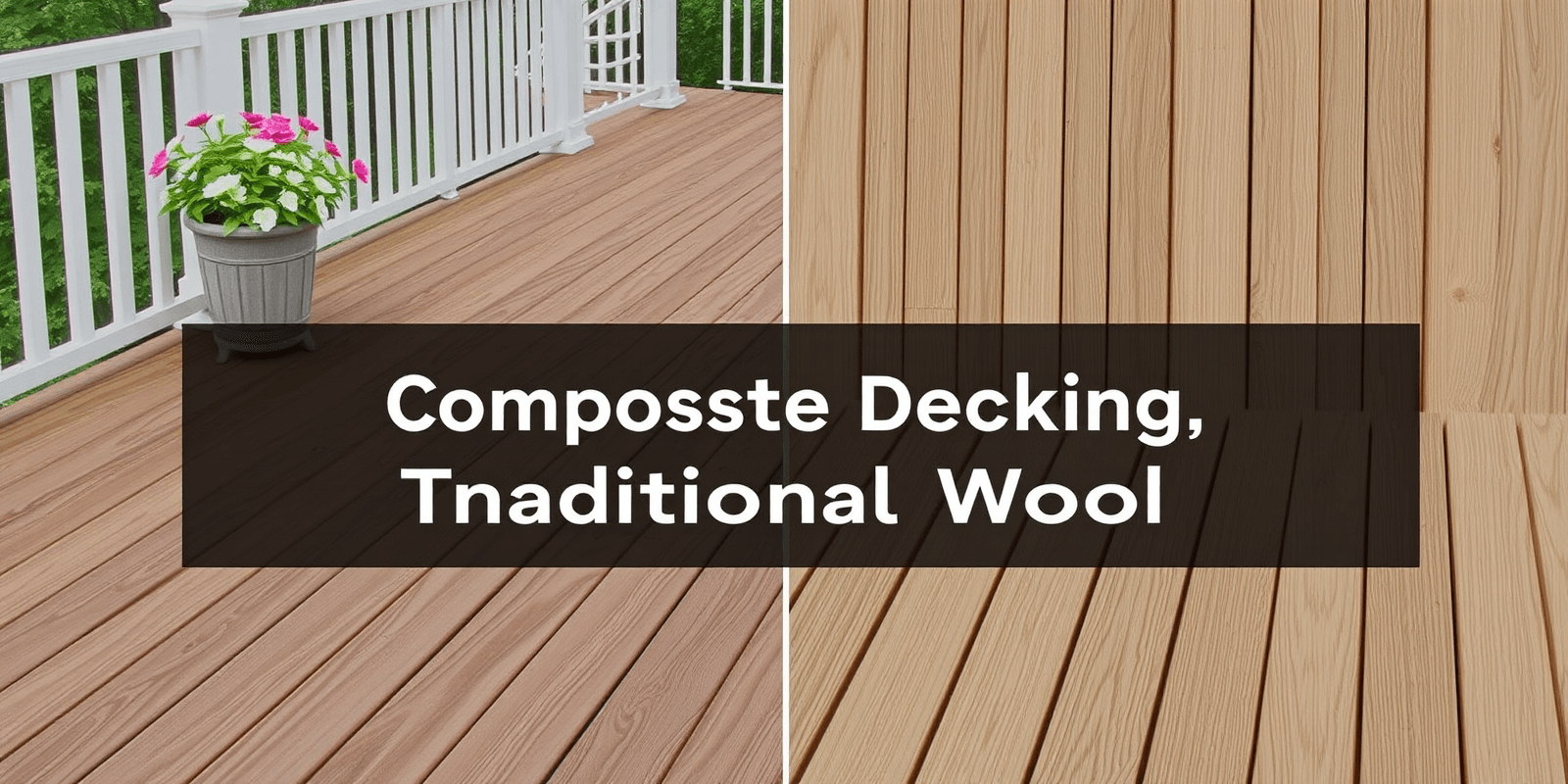Wood vs Composite Decking Pros and Cons
Introduction
In recent years, homeowners have been faced with a choice between wood and composite decking materials for their outdoor living spaces. Both options offer unique advantages and disadvantages when it comes to environmental impact, maintenance requirements, cost-effectiveness, and aesthetic appeal. This article delves into these aspects, providing insights from experts and real-world examples to help you make an informed decision.
Environmental Impact
When considering the environmental impact of wood and composite decking, several factors come into play. Wood is a renewable resource that can be sourced sustainably if managed properly. However, the process of harvesting and treating wood often involves significant energy consumption and carbon emissions. Composite decking, on the other hand, is typically made from recycled plastic and wood fibers, reducing waste in landfills but requiring the use of non-renewable resources in its manufacturing process.
A study published in the Journal of Cleaner Production highlights that while composite materials reduce the need for new timber, they still pose environmental challenges due to the extraction and processing of plastics.
Maintenance Requirements
Maintenance is a crucial factor when choosing between wood and composite decking. Wood decks require regular sealing or staining to protect against moisture and UV damage, which can be labor-intensive and costly over time. Composite decks, however, are generally more resistant to weathering and require less frequent upkeep, although they may still benefit from periodic cleaning and inspection for any signs of wear.
According to The Family Handyman, “While composite decking is advertised as ‘maintenance-free,’ it’s more accurate to say it requires less maintenance than wood.”
Cost-Effectiveness
The initial cost of composite decking is typically higher than wood, but this can vary depending on the specific materials chosen. Over the long term, however, composite decks may prove more cost-effective due to their reduced maintenance needs. A wood deck might require frequent refinishing and repairs, which can add up significantly over the years.
As noted by This Old House, “While the upfront costs of composite are higher, the overall savings in maintenance can make it a better investment in the long run.”
Aesthetic Appeal
Both wood and composite decking offer distinct aesthetic qualities. Wood decks provide a natural, warm look that complements many architectural styles and can be customized with various stains and finishes. Composite decking, meanwhile, offers a sleeker, more uniform appearance and is available in a range of colors and textures designed to mimic the look of wood without the associated maintenance.
According to Houzz, “Composite decking has evolved to offer a variety of looks, from traditional wood grain to modern designs, making it a versatile option for enhancing your home’s exterior.”
Conclusion
Choosing between wood and composite decking ultimately depends on your priorities regarding environmental impact, maintenance requirements, cost-effectiveness, and aesthetic preferences. While wood offers a classic look and is more environmentally friendly if sourced sustainably, composite decking provides durability and low maintenance, potentially making it a more practical choice for busy homeowners. Consider consulting with a professional to determine which option best suits your needs and lifestyle.



